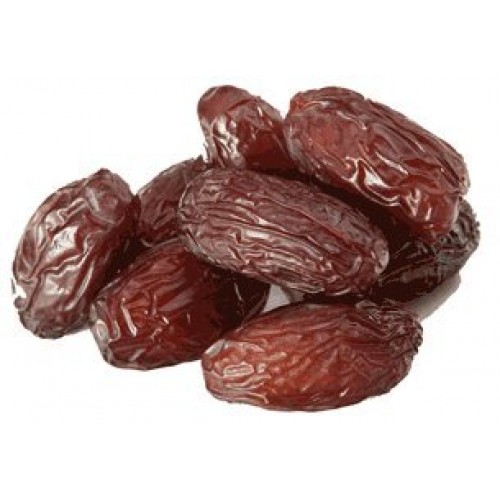Kurma Medjool: A Malaysian Delight or Imported Luxury?

Kurma Medjool, renowned for their giant size, exquisite sweetness, and soft, fleshy texture, have captured the hearts (and taste buds) of many Malaysians. But are these delectable fruits grown locally, or do they primarily journey across vast distances to reach Malaysian tables? This blog post delves into the fascinating world of Medjool dates in Malaysia, exploring local production, import practices, and the reasons behind Medjool’s enduring popularity.
Unveiling the Origin of Malaysian Medjool Dates: Local or Imported?
For Malaysian kurma (date) enthusiasts, the question of Medjool’s origin is a pertinent one. The answer, however, is not a simple yes or no. Here’s a closer look:
-
Limited Local Production: Medjool date palm trees require specific hot, arid climates with long stretches of sunshine. While Malaysia boasts a tropical climate, it generally lacks the extreme aridity necessary for large-scale Medjool date production. Therefore, local Medjool production remains limited.
-
Import Reliance: The vast majority of these dates enjoyed in Malaysia are imported from established date-growing regions like the Middle East and North Africa. These regions possess the ideal climatic conditions and extensive experience in cultivating high-quality Medjool dates.
Why the Medjool Reigns Supreme: Unveiling Its Allure
Despite the reliance on imports, Medjool dates hold a special place in the Malaysian date landscape. Here’s what makes them so popular:
-
Unmatched Size and Texture: Medjool dates are giants in the world of dates, boasting a distinctive rectangular shape and a noticeably larger size compared to other varieties. Their soft, almost melt-in-your-mouth texture adds to their luxurious appeal.
-
Superior Sweetness: They are naturally sweeter than many other date varieties. This intense sweetness makes them a delightful treat on their own or incorporated into desserts and other dishes.
-
Versatility in Consumption: They offer incredible versatility. They can be enjoyed whole, chopped into salads or trail mix, or even stuffed with nuts and other fillings. Their rich flavor also lends itself well to sweet and savory culinary creations.
The Future of Medjool Dates in Malaysia: Balancing Demand and Sustainability
As the popularity of Medjool dates continues to rise in Malaysia, the question of sustainability in import practices becomes increasingly important. Here’s a glimpse into the future:
-
Exploring Sustainable Sourcing: date wholesalers may increasingly seek partnerships with date producers who prioritize sustainable farming practices, ensuring long-term viability for both consumers and the environment.
-
Supporting Local Innovation: While large-scale Medjool production in Malaysia may be limited, research into cultivating other date varieties suitable for the local climate might offer exciting possibilities for the future.
Conclusion: A Sweet Journey for Medjool Dates in Malaysia
Medjool dates may primarily journey from afar to grace Malaysian tables, but their popularity is undeniable. Their unique size, sweetness, and versatility have cemented their place as a cherished treat. As consumer preferences evolve and sustainability considerations gain prominence, the future of the dates in Malaysia promises to be a sweet and innovative journey.
Key Highlights:
- Local Medjool date production in Malaysia is limited due to climatic constraints.
- The majority of these dates in Malaysia are imported from established date-growing regions.
- Medjool’s popularity stems from its size, sweetness, and versatility in consumption.
- The future of Medjool dates in Malaysia may involve sustainable sourcing practices and exploring alternative date varieties.